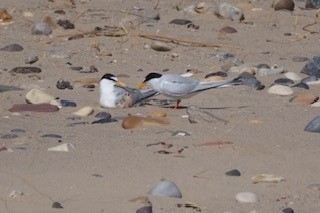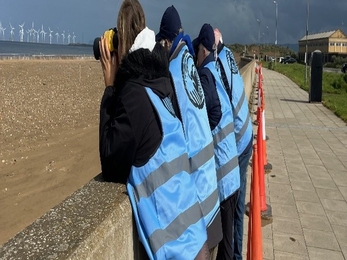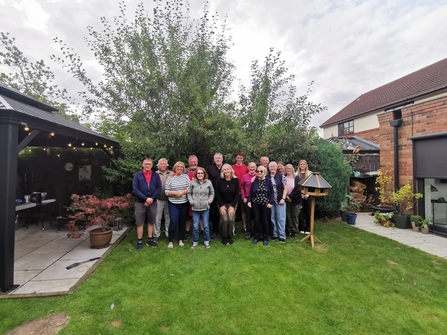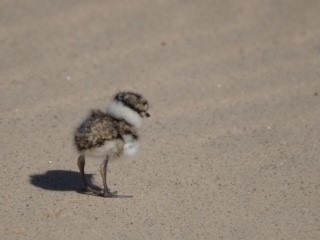Once again we have reached that time when we bid farewell to the little terns following their departure on the 3000-mile journey to The Gambia in West Africa. Some of our visitors have made that journey many times, in particular one adult which had been ringed at the site in Crimdon in 2001!! The average age for a little tern is 12 years which in itself is quite remarkable given the miles they accumulate each year, but to have one reach the grand old age of 23 years is both astonishing and rewarding for everyone involved in their care. Incidentally, the oldest little tern ever recorded by the British Trust for Ornithology (BTO) is 25 years and 8 days. Fingers crossed that we see our little friend here again in 2026 and put Seaton Carew into the record books.
Before going any further, I’d like to give appreciation and a huge vote of thanks and recognition to the incredible volunteers, wardens and of course to the good people of SeaScapes, National Lottery Heritage Fund, Hartlepool Council and Durham Wildlife Trust who, through their commitment, coordination, support and generosity have made this all possible. Our wardens and amazing volunteers, not to mention the community of Hartlepool and beyond, already hold Seaton Carew in the highest esteem. Our location provides a unique vantage point from which to observe the birds at close quarters, from their initial arrival in April/May, site prospecting, courtship, mating, incubating eggs, brooding and feeding chicks through to their fledging and departure. I would particularly like to pay tribute and express gratitude to the general public who have given their support and encouragement to the team throughout the year. It is clear that the community have taken the little tern colony to their hearts and in doing so have become so knowledgeable of the birds and the challenges they face in order to survive and thrive.
This year saw the highest numbers of chicks (182) and fledglings (136-145) ever recorded in a single year at Seaton Carew, taking our overall total for the site to 403. If anyone ever wondered about the value of the paling fence, 354 of those chicks fledged since it was first erected by our volunteers on Seaton Carew beach in 2022. I will explain the disparity between chicks and fledglings later in the blog, but first I’d like to share the thoughts and experiences of some of this year’s wardens and volunteers.








